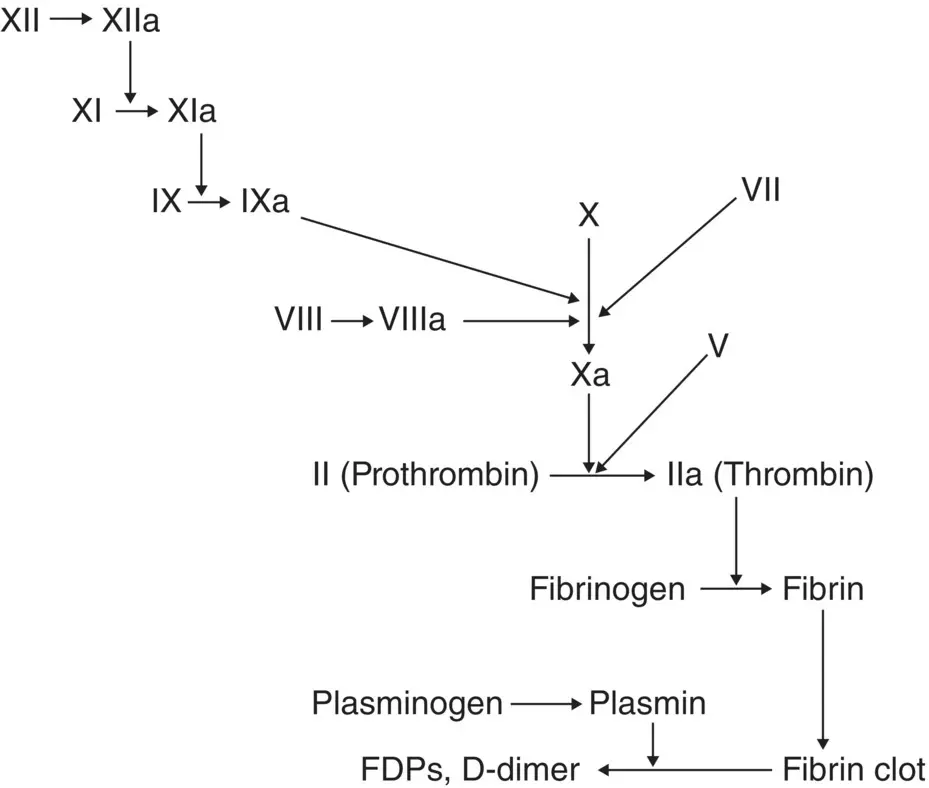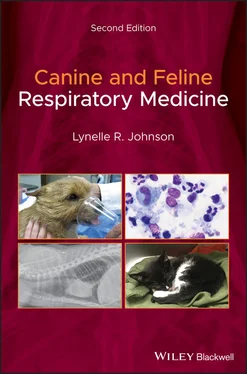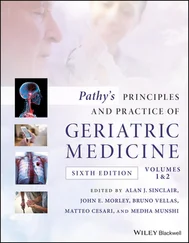1 ...7 8 9 11 12 13 ...19 Animals presented for epistaxis, hemoptysis, and hemothorax require added consideration when completing a diagnostic work‐up because of the concern for worsening the animal's clinical presentation with invasive procedures when a bleeding disorder is present. Therefore, the first thought should be to consider systemic causes of bleeding. For nasal bleeding, disorders of primary hemostasis (deficits in platelet number or function and vascular disorders) are more common than secondary coagulopathies (defects in clotting factors), and hypertension should also be excluded. A CBC will provide accurate assessment of platelet numbers, although determination of platelet function requires additional tests. A von Willebrand factor antigen assay is commercially available, but more specific tests of platelet function are typically only available at academic or research institutions. However, a buccal mucosal bleeding time (BMBT) can be performed in hospital practices to estimate platelet and vascular function. This test requires a compliant dog or a heavily sedated cat, because of the need for gentle restraint and for working in the region of the mouth.

Figure 2.1 Coagulation cascade. FDPs, fibrin degradation products.
To perform a BMBT, the animal is restrained in lateral recumbency and the lip is gently restrained upward with a strip of gauze to expose the buccal mucosa. Multiple squares of paper towel or filter paper should be available to gently blot the region below the incision into the mucosa. A spring‐loaded device containing a retractable blade (Surgicutt®, Accriva Diagnostics or JorVet®, Jorgensen Laboratories, Loveland, CO, USA) is used to make a standardized incision on the mucosa opposite the premolars. Blood can be blotted from below the incision line, but the clot should not be disturbed in order to obtain an accurate bleeding time. In normal dogs, a clot will be observed in 2–4 minutes.
For animals with hemoptysis or hemothorax, a disorder of secondary hemostasis should be investigated by performing a coagulation panel ( Figure 2.1). The one‐stage prothrombin time (OSPT) provides an assessment of the extrinsic coagulation pathway and vitamin K‐dependent factors, while the activated partial thromboplastin time (APTT) evaluates the intrinsic and common pathway. In an emergency room, the activated clotting time (ACT) is often used to assess the intrinsic and common pathway. Controversy exists regarding the use of the PIVKA test (proteins induced by vitamin K antagonists) for differentiating anticoagulant poisoning from other causes of coagulopathy, because the test is similar to the OSPT, although dramatic prolongation ( > 150 seconds) appears suggestive of intoxication (Mount et al. 2003).
Additional tests of coagulation include D‐dimer and thromboelastography. D‐dimer measures the breakdown product of cross‐linked fibrin and is a reliable indicator that clotting and fibrinolysis has occurred. While this is a highly useful test in assessing the likelihood of pulmonary embolism in human patients, the test is commonly elevated in dogs with a variety of disease processes. Thromboelastography evaluates the kinetics of clot formation and breakdown, and thus can identify both hyper‐ and hypocoagulable states (Kol and Borjesson 2010).
Pulse oximetry provides an estimate of hemoglobin saturation with oxygen and is inexpensive, non‐invasive, and easy to perform. One problem with the technique is that it has low sensitivity and specificity in identifying normal versus abnormal arterial oxygenation in awake patients (Farrell et al. 2019). The technique relies on detection of the optical density of the pulse wave as blood passes through the arterial system. Therefore, measurement is impacted by pigment of the overlying tissue and potentially by the amount of light in the area. The sensor subtracts the signal between pulses from the height of the pulse wave to determine oxygenation of inflowing blood only. Because of this feature, pulse oximetry can provide a falsely low measurement in a hypotensive patient with weak pulses or in an animal with anemia. Patient movement can hamper detection of the impulse. Finally, this technique cannot differentiate between methemoglobin and oxyhemoglobin and will be inaccurate in any animal with a dyshemoglobinemia.
Pulse oximetry is useful prior to anesthetizing the patient for a respiratory procedure, as it provides a baseline for comparison during recovery. Sites that can be used to obtain a measurement include the lip, tongue, between the toes, on the ear pinna, on the vulva or penis, and sometimes on the flank fold. The probe can be applied to various sites several times to obtain a signal, and detection of a strong pulse rate suggests that the reading is likely accurate. A pulse oximeter reading below 95% correlates with a partial pressure of oxygen (P aO 2) of less than 80 mmHg ( Figure 2.2). When such a reading is obtained, an arterial blood gas analysis should be performed, if available, to confirm the presence and degree of hypoxemia. It is important to remember that the pulse oximeter measures only oxygenation. Hypoxemia is absent in up to 7% of dogs with abnormal pulse oximetry readings and can be present in a similar proportion of dogs with pulse oximetry readings above 95% (Farrell et al. 2019). Therefore, an arterial blood gas would be advised whenever possible to ensure an accurate assessment of the patient, although in a practice setting this is rarely possible. Importantly, pulse oximetry provides no information on ventilatory status and thus cannot detect hypoventilation – increased partial pressure of carbon dioxide (P aCO 2) – in an animal; however, a venous blood gas analysis can be used as an approximation.
Pulse oximetry can be valuable in determining response to therapy in hypoxemic patients, because improvements in oxygenation occur prior to radiographic changes. However, because of the sigmoidal relationship between hemoglobin saturation and arterial oxygen, oximetry remains a somewhat crude estimate of lung function. Also, this curve is shifted to the right (reducing the affinity of hemoglobin for oxygen and enhancing tissue delivery) by conditions associated with exercise and disease, such as increased temperature, decreased blood pH, increased P aCO 2, and increased 2,3‐diphosphoglycerate (DPG) produced in red blood cells during glycolysis. Thus, changes in disease status can hamper the interpretation of results. Other clinical features can impact interpretation of the oxyhemoglobin saturation curve. Stored red blood cells have lower concentrations of 2,3‐DPG, and transfusion with this product increases the affinity of hemoglobin for oxygen and reduces oxygen delivery to the tissues. It appears that this is primarily a concern during the first 4–12 hours after transfusion, until 2,3‐DPG concentrations rebound. Finally, hypophosphatemia also decreases 2,3‐DPG.

Figure 2.2 Pulse oximetry measures hemoglobin saturation with oxygen, which has a sigmoidal relationship with the partial pressure of arterial oxygen (P aO 2). A hemoglobin saturation < 95% equates to a P aO 2 < 80 mmHg and indicates hypoxemia.
Arterial Blood Gas Analysis
Arterial samples are obtained by direct puncture of the dorsal metatarsal artery in dogs and the femoral artery in cats and small dogs. In anesthetized animals, the lingual artery can yield a sufficient sample for analysis. It is easiest to use a self‐filling, pre‐heparinized syringe to obtain an arterial blood gas. The artery is palpated and stabilized with two fingers of one hand while the syringe is firmly placed through the wall of the artery. Typically, the syringe will fill quite rapidly when the artery is entered (versus the vein), although low pulse pressures in sick animals can make this difficult to interpret. When there is uncertainty about whether or not an arterial sample has been obtained, a venous sample can be submitted for comparison. Approximately 0.5 ml blood is needed for analysis and the sample must be tightly stoppered to prevent entrance of air into the sample and stored on ice until evaluated. After withdrawal of the needle from the artery, firm pressure is applied to the vessel for 3–5 minutes. An arterial blood gas analysis measures P aO 2, P aCO 2, pH, total carbon dioxide (CO 2), and hemoglobin saturation with oxygen, and allows calculation of bicarbonate, base excess and deficit, and oxygen content ( Table 2.1).
Читать дальше














